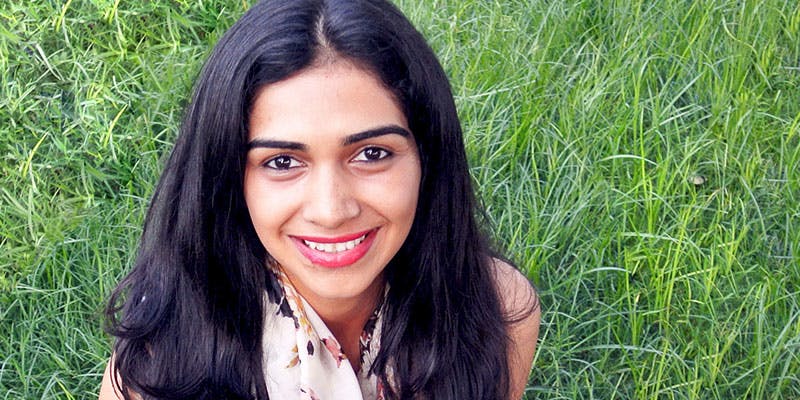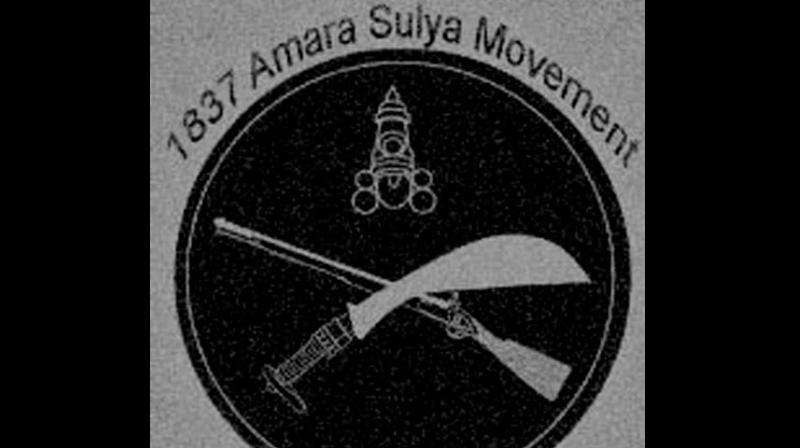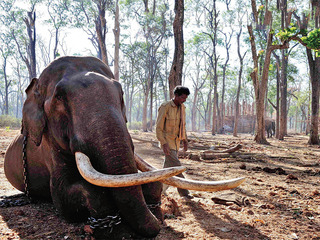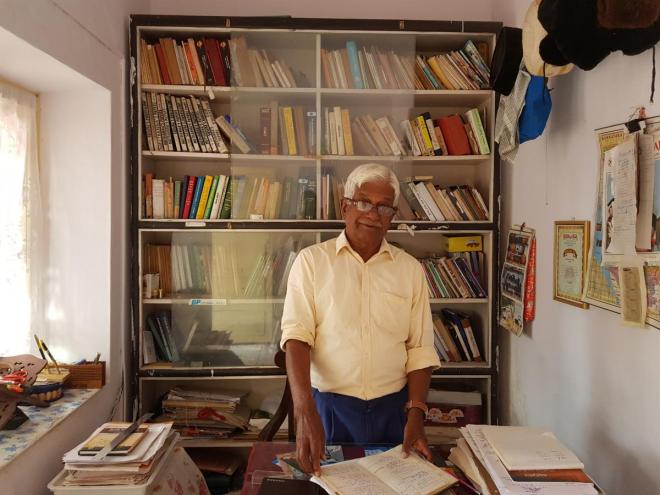“Itni shiddat se maine tujhe pane ki koshish ki hai, ki har zarre ne mujhe tumse milane ki saazish ki hai,” lines delivered by Shahrukh Khan in a movie is often used to describe how if you have the passion for something, the world will conspire to bring you closer to it.
In real life too, this theory seems to work and Rachna Prabhu is a case in point.

Rachna Prabhu, an entrepreneur and the Founder of Doodle Doo, has been drawing ever since she was old enough to pick up a pencil.
“I never had any formal art education. In school I’d draw for friends (in exchange for grub) and of course doodle on the pages of my notebooks. My parents were most encouraging, even at a very young age. Over the years I experimented with different styles. But it was only in my 20s that I found an illustration style that was unique to me, and that has stuck with me ever since,” she says about her journey with drawing.
She has an online store. She also enjoys interacting directly with her customers in flea markets, which, she says, has provided great results in terms of sales.
Her target audience is mostly women and her USP – products with playful illustrations for young women. “Funnily, a fridge magnet that says ‘A princess never cooks’ is my single most popular product! But as a category, my pocket mirrors are popular with my customers,” she shares with a smile.
This 29-year-old from Coorg works from her home studio in Mysore. Since her parents were planters based out of Kerala, her formative years were spent in Ooty in a boarding school. She got married two years ago and moved to Mysore.
Rachna pursued her bachelors in business management and holds a master’s degree in mass communication from COMMITS in Bengaluru.
“It was during my journalism course that my professor asked me if I would illustrate stories for our college’s monthly newsletter. That’s when something changed – I realised that I could do a lot more with my illustrations.”
So while at her first job as a PR at a firm in Bengaluru she began secretly emailing local publishers with the hope of getting work as a children’s book illustrator. “I was lucky enough to hear back from one publisher, despite having no art portfolio to boast about. From there I just dove in.”

Well with technology transforming how we work and function, she was informed that she would need to submit her work in its digital form. “Of course I didn’t know how to use any software, so I just logged into YouTube, learnt how to use Photoshop, and kick started my night-shift job as an illustrator, even illustrating three children’s books that same year. There has been no looking back since then. The Internet has been my greatest learning tool but everything I know, I have learnt on the job, and there is no greater sense of achievement,” says Rachna with the pride that comes from hard work that yields success.
Even though Rachna changed jobs and began working for a content syndication firm and later as a corporate communications professional in an IT firm, her tryst with drawing continued. All along, in addition to her 9 to 5 job she kept drawing and working on some great commissioned work. Up until two years ago, she worked during the nights and weekends as an illustrator.
It was her marriage and her husband that changed the status quo. “Thanks to my super-supportive husband that I transitioned to being a freelance illustrator full time and started Doodle Doo. It was the best decision ever.”
While working the nights on illustrations, Rachna had pondered over the idea of printing artwork on products and selling them. “Pocket mirrors in particular piqued my interest, because every time I walked into a quirky store, I’d look for cute pocket mirrors but just never found any. I immediately knew the first product I wanted to design and sell. I also knew that I wanted to start by selling at flea markets in Bengaluru because I was a regular at them.”
So when Rachna quit her job she knew exactly what she wanted to do – start her own line of illustrated products. That’s how Doodle Doo took root. She designed her favourite pocket mirrors, fridge magnets, doodle kitchen towel, laptop sleeves, beware of the dog signs, and a recipe book with an illustrated cover. She recently launched a 2016 desk calendar too.
At the moment there is a one-woman army behind Doodle Doo. Rachna takes care of everything right from creating artwork, to replying to emails, taking care of online orders, packaging and shipping products to customers.
It takes anything between an hour to a few days to complete an illustration, depending on the work involved. “I scribble it out in my sketchbook and make it pretty on Photoshop while listening to loud music and of course,” she says, “some days I do have creative blocks.”
It has not been a walk down the green pastures for Rachna, with absolutely no idea of how to start and run a business, her biggest challenge initially was starting a business that, “was a true representation of me but still had sale value. I was also very apprehensive of the artwork I had used on products because I wasn’t sure if the general public would like them. But it was my first big sale at a flea market that put all my worries to rest. Seeing the customers’ happy faces and receiving their wonderful feedback was all I needed to know that I’d got my first step right. The Internet has been my best friend and thanks to social media, Facebook in particular, my online store is well into its 12th month.”
“So I guess for any entrepreneur or freelance artist, the initial months or years are a struggle. But over time, it falls into place – at least for me it has, thankfully. And then it becomes a job that you love,” she says.
Rachna’s business mantra is, “Strive to be unique and original to set yourself apart from the rest; success will follow. And most importantly, remember to celebrate small victories along the way.”
She enjoys the flexibility that comes with being ones own boss. “Finding the right balance between work and break time is hard. I am slowly learning how to draw a line between the two. You begin to think that it’s normal to work all day and sometimes well into the night too,” was her response to my question about work-life balance since she works from home.
Rachna is happy and content and thoroughly enjoying herself. In the near future she says, “I hope to add some new products to my online store. I’m also hoping to collaborate and find some amazing personal and client work as an artist to challenge me into the New Year.”
Keeping her motivated is the positive feedback she has received. It keeps her confident and going. But her important piece of advice to other entrepreneurs like her is, “I do believe that one must work really hard and be very patient as it takes time to build a customer base that loves your products and wants to support what you do.”
source:http://www.yourstory.com / YourStory.com / Home> Women Entrepreneurs / by Tanvi Dubey / November 25th, 2015









